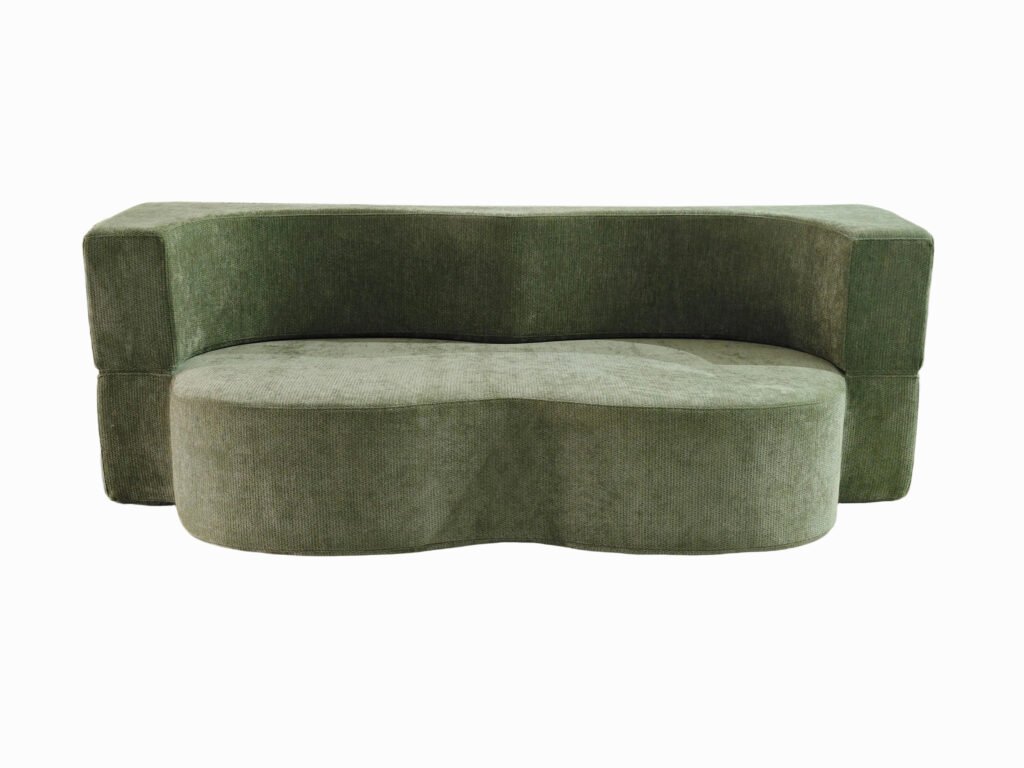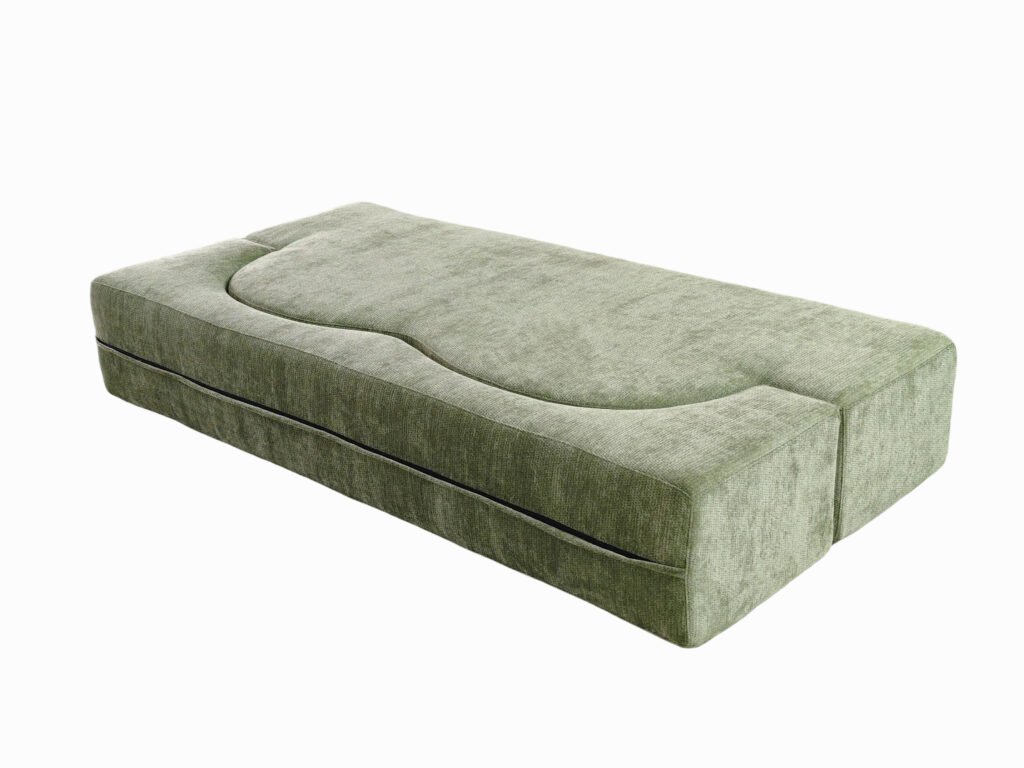
Introduction
For B2B furniture manufacturers, distributors, and logistics providers, understanding the storage limits of compress sofas is vital for inventory planning, supply chain management, and customer satisfaction. Much like the perfume industry’s careful consideration of shelf life in glass bottles, the longevity of compress sofas in their packaging depends on material quality, packaging integrity, and storage conditions. This guide provides a comprehensive B2B perspective on how long compress sofas can be safely stored in packaging, what factors affect their lifespan, and best practices to maximize product quality and minimize risk.
Key Factors Influencing Storage Longevity
1. Material Quality and Construction
- Foam and Upholstery: High-resilience foams and durable fabrics are less prone to permanent deformation or odor absorption during extended compression.
- Frame Components: Metal or engineered wood frames withstand long-term pressure better than low-grade materials.


2. Packaging Technology
- Vacuum Sealing: Like airtight glass bottles that preserve perfume by blocking air and moisture, vacuum-sealed packaging protects sofas from humidity, dust, and pests.
- Barrier Films: Multi-layer plastic films with UV and moisture barriers further extend safe storage time.
3. Storage Environment
- Temperature and Humidity: Cool, dry, and dark storage spaces are ideal—mirroring the recommendations for perfume longevity, where heat, light, and humidity accelerate degradation1.
- Stacking and Handling: Avoid over-stacking or placing heavy loads on compressed sofas to prevent frame warping or packaging breach.
Typical Safe Storage Duration
- General Range: Compress sofas can typically be stored in their original vacuum packaging for 6 to 12 months without significant risk of damage, provided optimal conditions are maintained.
- Premium Products: Sofas made with high-quality, resilient foams and advanced packaging may last up to 18 months or more in storage.
- Risks Beyond Recommended Duration: Extended storage can lead to slow foam recovery, fabric creasing, off-gassing, or even mold if the packaging is compromised or environmental controls fail.


Best Practices for B2B Storage
- Store in a Cool, Dark, and Dry Warehouse: Mimic the best practices for perfume storage—avoid direct sunlight, high temperatures, and humidity1.
- Monitor Inventory Rotation: Implement FIFO (First-In, First-Out) systems to minimize the time sofas remain in storage.
- Inspect Packaging Regularly: Check for any breaches in vacuum seals or signs of condensation.
- Communicate Storage Guidelines: Provide clear instructions to downstream partners and clients to ensure sofas are not stored beyond the recommended duration.
Conclusion
Compress sofas, when packaged and stored correctly, can maintain their quality for 6 to 12 months, and sometimes longer, without risk of damage. By prioritizing high-quality materials, robust packaging, and optimal storage conditions, B2B brands can safeguard product integrity and deliver consistent value to clients. As with the preservation of fragrance in glass bottles, attention to detail in storage and handling is the key to maximizing the lifespan and appeal of compress sofas in the modern supply chain